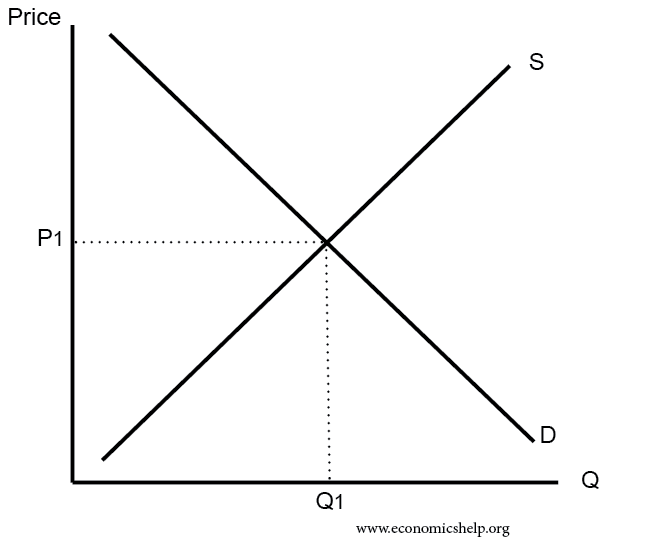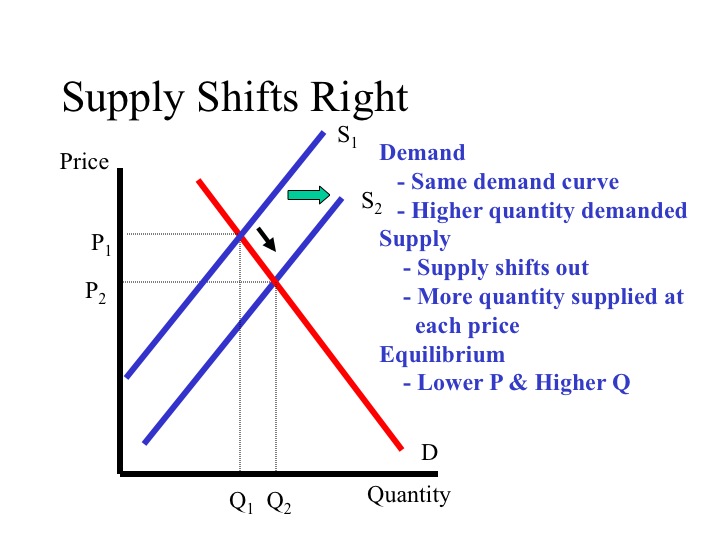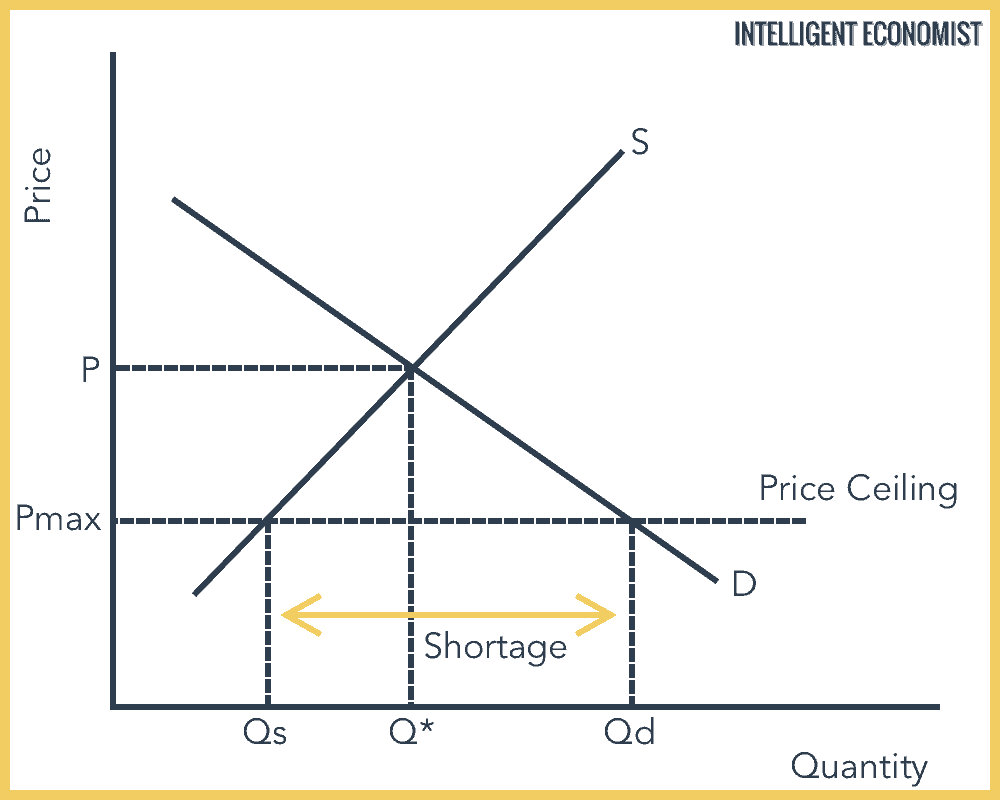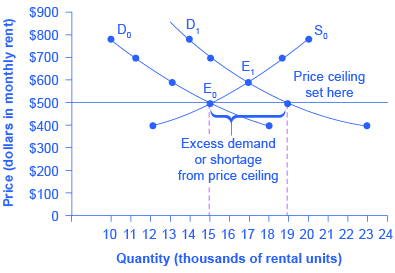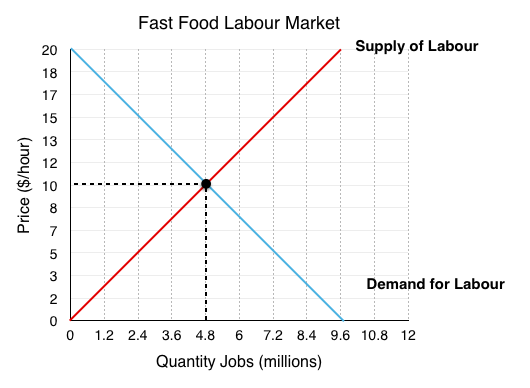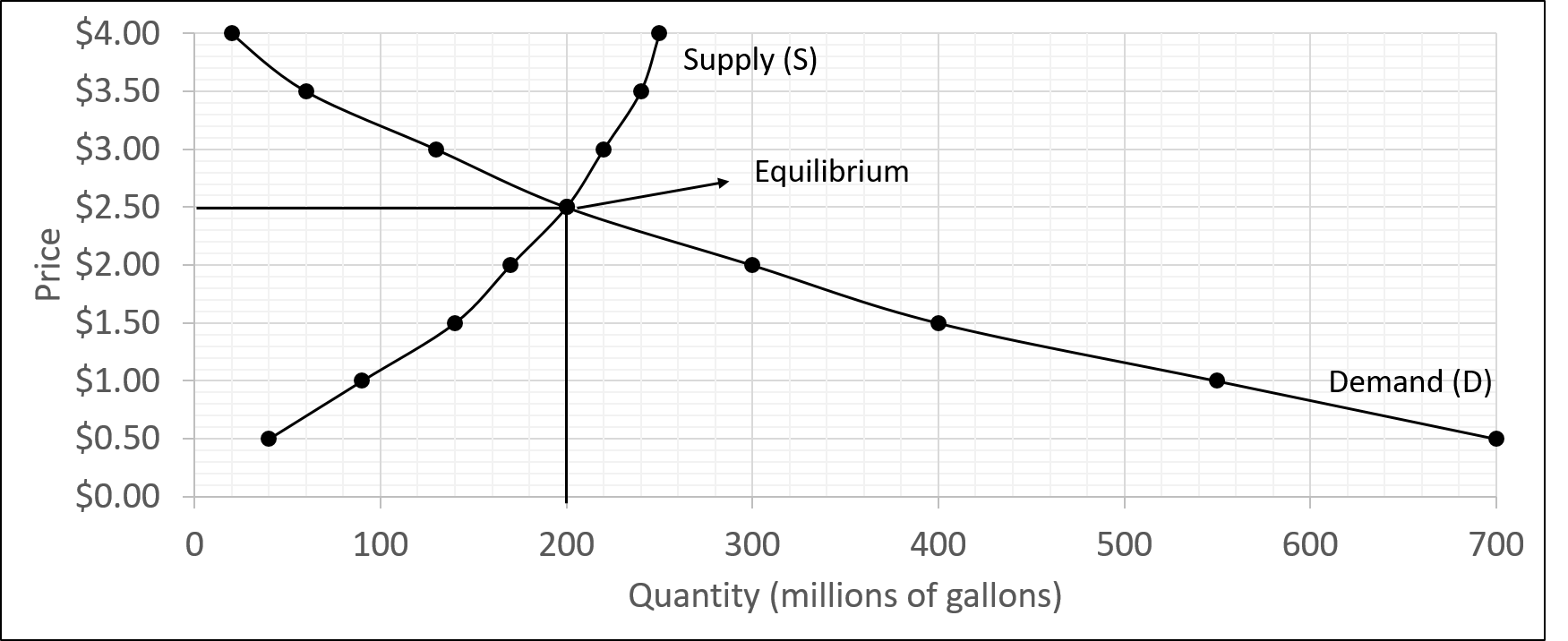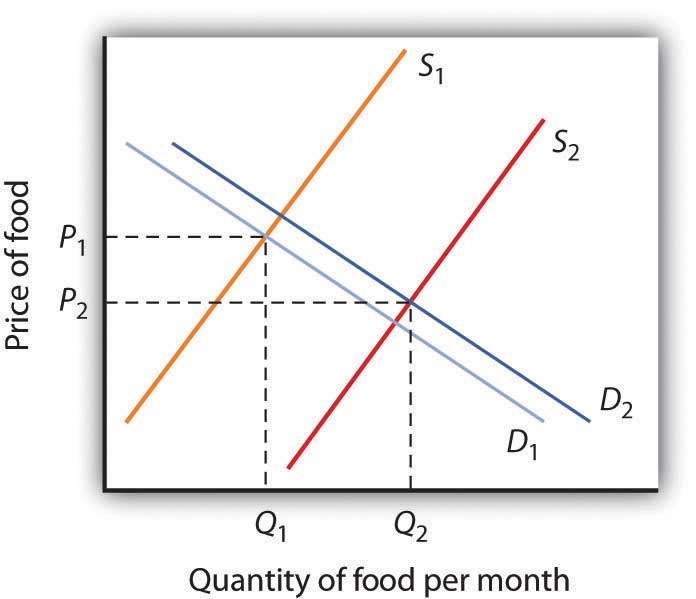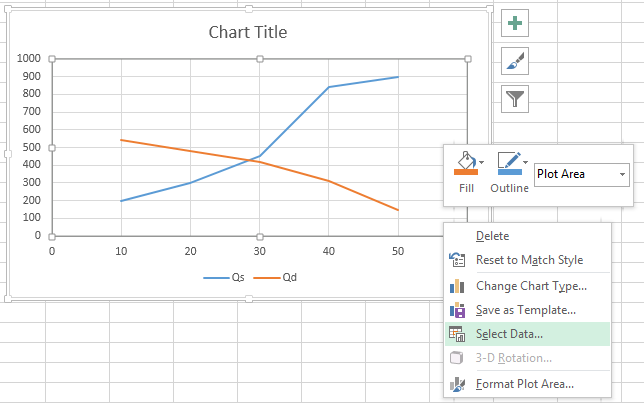Price ceilings and price floors can cause a different choice of quantity demanded along a demand curve but they do not move the demand curve.
Product supply and demand graph with floor and ceiling.
Although both a price ceiling and a price floor can be imposed the government usually only selects either a ceiling or a floor for particular goods or services.
The government establishes a price floor of pf.
When prices are established by a free market then there is a balance between supply and demand.
Similarly a typical supply curve is.
In other words they do not change the equilibrium.
This is the currently selected item.
A price ceiling example rent control.
First let s use the supply and demand framework to analyze price ceilings.
The market price remains p and the quantity demanded and supplied.
A government decides to set a price ceiling on bread of 2 40 so that bread is affordable to the poor.
Black market supply and demand illustration 2.
Demand curve is generally downward sloping which means that the quantity demanded increase when the price decreases and vice versa.
The effect of government interventions on surplus.
Taxes and perfectly inelastic demand.
Typically the supply side effects dominate the demand side ones when the government creates a black market.
A drop in supply means the upward sloping supply curve will shift to the left.
A price floor is a government or group imposed price control or limit on how low a price can be charged for a product good commodity or service.
Taxes and perfectly elastic demand.
What will be the price and quantity of bread purchased.
Remember changes in price do not cause demand or supply to change.
It tends to create a market surplus because the quantity supplied at the price floor is higher than the quantity demanded.
A price ceiling keeps a price from rising above a certain level the ceiling while a price floor keeps a price from falling below a certain level the floor.
The conditions of demand and supply are given in the table below.
A price floor is a minimum price enforced in a market by a government or self imposed by a group.
Tax incidence and.
Price and quantity controls.
The equilibrium price commonly called the market price is the price where economic forces such as supply and demand are balanced and in the absence of external.
A price ceiling is a legal maximum price that one pays for some good or service.
The quantity supplied at the market price equals the quantity demanded at that price.
Taxation and deadweight loss.
Similarly a drop in demand means the downward sloping demand curve will shift to the left.
The original intersection of demand and supply occurs at e 0 if demand shifts from d 0 to d 1 the new equilibrium would be at e 1 unless a price ceiling prevents the price from rising.
Price ceilings and price floors.
A price floor must be higher than the equilibrium price in order to be effective.
At price pf consumer demand is qd more than q due to downward sloping demand curve and producers supply is qs less than q due to upward sloping supply curve.

